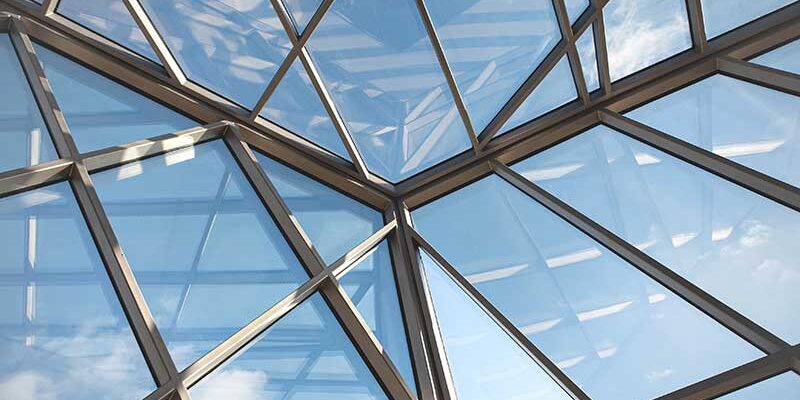Glass is an indispensable component in contemporary architecture and building. It elevates the ambiance of both grand residential buildings and compact skyscrapers, introduces natural light into interior spaces, and improves energy efficiency. Nevertheless, it is critical to select the proper glass for your construction endeavor. We will discuss some crucial guidelines in this blog post to assist you in making well-informed choices when choosing glass for construction purposes.
Understand Your Needs
Prior to exploring the realm of glass options, it is vital to have a thorough understanding of the precise specifications of your project. Consider elements such as climate, location, building type, and design objectives. Safety, aesthetic appeal, or energy efficiency—which is your primary objective? Having knowledge of your requirements will direct your selection of glass.
Glass Types
An extensive variety of glass exists, each possessing distinct characteristics and practical uses. Listed below are some frequent alternatives:
1.Standard clear float glass is applicable for a variety of purposes.
2.Low-E glass is a type of energy-efficient glass utilized to regulate heat transfer.
3.Safety glass that is tempered to shatter into smaller, less hazardous shards.
4.Laminated glass is an enhanced safety and strength material comprised of multiple layers.
5.Insulated Glass: For enhanced thermal performance, it comprises multiple panes filled with insulating gas.
6.Coated reflective glass serves to diminish heat accumulation and glare.
7.Tinted glass reduces solar radiation and provides privacy.
Energy Efficiency
The utilization of energy-efficient glass is of the utmost importance in contemporary environmentally aware construction. Insulated and low-E glass can aid in mitigating heat gain in warm climates and heat loss in frigid climates. Consider glass that possesses suitable Solar Heat Gain Coefficients (SHGC) and U-values in order to fulfill the energy efficiency objectives of your project.
Safety Considerations
Safety considerations are of the utmost importance at all times, but particularly in high-traffic areas and commercial structures. Tempered and laminated glass are highly commendable options owing to their improved durability and capacity to mitigate harm in the event of shattering. Safety glass requirements may be specified by local building codes; therefore, it is imperative to adhere to these regulations.
Aesthetic Appeal
Glass substantially contributes to the aesthetic appeal of a structure. Consider pigment, coating, and tint in order to attain the desired appearance and feel. Tinted glass provides privacy and a distinctive appearance, whereas reflective glass can add a sleek, contemporary accent.
Maintenance and Durability
Consider the durability and long-term maintenance requirements of the glass you select. Certain treatments and coatings may necessitate greater maintenance than others. Consider both environmental conditions and the ease of access to the glass in order to facilitate washing and maintenance.
Budget
Budget also plays a role in the selection of glasses. Premium glass options that possess specialized characteristics may incur an additional expense. Justify the aesthetic and functional requirements of your undertaking while adhering to its financial limitations.
Conclusion
An energy-efficient, aesthetically pleasing, budget-friendly, and safety-conscious glass option should be meticulously considered when selecting glass for a construction project. By comprehending the specific requirements of your project and adhering to these guidelines, you will be able to make well-informed decisions that improve the building’s functionality, aesthetics, and sustainability. Whether you are constructing a residential retreat or a commercial skyscraper, the proper glass can completely transform your endeavor.





